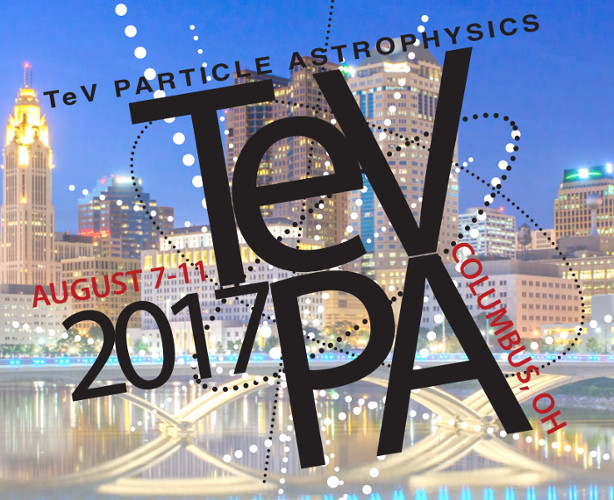Speaker
Description
Supernovae (SNe) and their remnants are important cosmic ray sources. However, the origin of one major type of SNe, the Type Ia, is still not well understood. Two most popular hypotheses are the single-degenerate scenario, where one white dwarf (WD) accretes matter from its giant companion until the Chandrasekhar limit is reached, and the double-degenerate scenario, where two WDs merge and explode. We focus on the second scenario. It has long been realized that binary WD systems normally take extremely long time to merge via gravitational waves and it is still unclear whether WD mergers can fully account for the observed SN Ia rate. Recent effort has been devoted to the effects of introducing a distant tertiary to the binary system. The standard “Kozai-Lidov” mechanism can lead to high eccentricities of the binary WDs, which could lead to direct collisions or much efficient energy dissipation. Alternatively, we investigate the long-term evolution of the hierarchical quadruple systems, i.e. WD binary with a binary companion, which are basically unexplored, yet they should be numerous. We explore their interesting dynamics and find that the fraction of reaching high eccentricities is largely enhanced, which hints on a higher WD merger rate than predicted from triple systems with the same set of secular and non-secular effects considered. Considering the population of quadruple stellar systems, the quadruple scenario might contribute significantly to the overall rate of Ia SNe.




